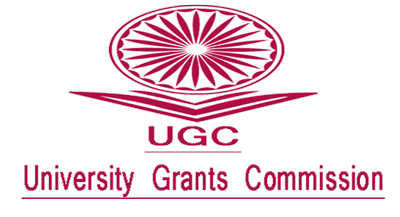Effect of Bakkikayam regulator on groundwater resources using visual MODFLOW - A case study
Keywords:
Hydraulic conductivity, Storage coefficient, Transient state calibration, Validation, Prediction, Visual MODFLOWAbstract
Groundwater resources modeling studies were conducted at the ayacut areas of Bakkikayam regulator situated across the Kadalundi river Pandikasala, Vengara, Malappuram district, Kerala using visual MODFLOW. This study intended to monitor the groundwater behavior in the ayacut regions of Bakkikayam regulator. The conceptual model for the study area was developed using the base map, well logs at 6 sites and the data collected by conducting a geophysical survey of the study area. The aquifer condition of the year 2005 was assumed as the initial condition for a steady state. The transient state calibration of the model was done with eight years of data from 2005 to 2012. The calibrated model was validated with seven years of data from 2013 to 2019. After the validation process, the model was used for predicting the groundwater table for the next five years by increasing the recharge rate by 10, 20 and 30% of the recharge rate of the validation period (2019). By comparing the water table contour map obtained from the validated model before and after the implementation of the Bakkikayam regulator, it could be seen that there was a decline of 3 to 4 m water table on the downstream side of the regulator. An increase in the water table of 2 m was observed during the predicted period due to a 20% increase in the groundwater recharge rate. Beyond that, there was no significant change in the water table, and remained more or less constant. This is because the topography of the downstream area of the Bakkikayam regulator, especially parts of Nannambra and Tirurangadi Panchayaths, comes under low land. The groundwater flow from this area is towards the river and from where water drains into the Arabian sea. This necessitates obstructions to check river flow or any other downstream water conservation measures.







